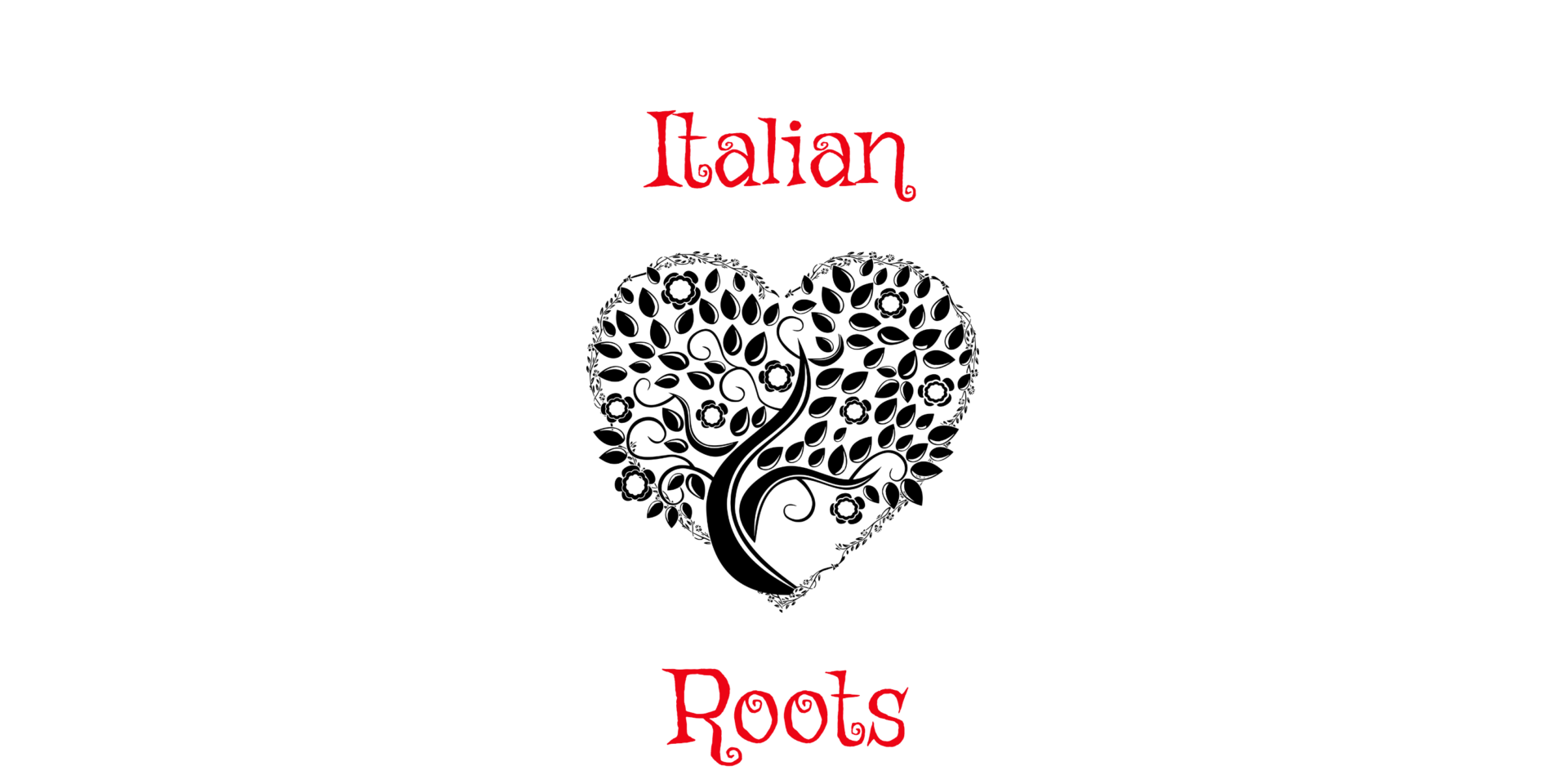I will always remember the feast day of St. Nicola because my grandmother would always send a card to my dad on Dec. 6. It was also the start of the Christmas season for us as we would always get a little something from St. Nick.
St. Nicholas Day, feast day (December 6) of St. Nicholas, the 4th-century bishop of Myra. St. Nicholas is the patron saint of Russia and Greece, of a number of cities, and of sailors and children, among many other groups, and was noted for his generosity. Some countries celebrate St. Nicholas Day on December 5. Saint Nicholas Day is celebrated on Monday, December 6, 2021.
History
After the Reformation, St. Nicholas was largely forgotten in Protestant Europe, although his memory was kept alive in Holland as Sinterklaas. There St. Nicholas is said to arrive on horseback on his feast day, dressed in a bishop’s red robe and mitre and accompanied by Black Peter (Zwarte Piet), variously described as a freed slave or a Moor, to help him distribute sweets and presents to good children or lumps of coal, potatoes, or switches to bad ones. The Dutch took the tradition to New Amsterdam (now New York City) in the American colonies, where he was transformed into Santa Claus by the English-speaking majority. His legend of a kindly old man was united with old Nordic folktales of a magician who punished naughty children and rewarded good children with presents. The resulting image of Santa Claus in the United States crystallized in the 19th century, and he has ever since remained the patron of the gift-giving festival of Christmas. In Britain he was largely replaced with Father Christmas.
Hulton Archive/Stringer/Getty Images
Traditions
Encyclopædia Britannica, Inc.See all videos for this article
In parts of northern Europe, particularly the Low Countries and some German-speaking areas, St. Nicholas Day has remained a time when children are given special cookies, candies, and gifts. In many places, children leave letters for St. Nicholas and carrots or grass for his donkey or horse. In the morning, they find small presents under their pillows or in the shoes, stockings, or plates they have set out for him. Oranges and chocolate coins are common treats that represent St. Nicholas’s legendary rescue of three impoverished girls by paying their marriage dowries with gold. Candy canes, which have the shape of a bishop’s crosier, are also given.
It is thought that over the centuries the legendary St. Nicholas was merged with similar cultural and religious figures. Significant among these were the pagan Knecht Ruprecht and the Roman figure of Befana, as well as the Christ Child (Christkind, or Kris Kringle). A number of countries have traditions in which a malevolent character accompanies St. Nicholas. In France, Père Fouettard, who legend holds tried to cook three boys in a barrel of brine, is said to whip naughty children or give them coal. In Germany, Knecht Ruprecht serves as St. Nicholas’s servant and gives children who do not know their prayers sticks, stones, or coal. The terrifying devil-like Krampus is common in many central European counties and carries chains, bells, and sometimes a large basket with which to threaten naughty children.
Photograph by Trevor Little. The Metropolitan Museum of Art, New York City, gift of J. Pierpont Morgan, 1916 (16.32.193)
Britannica, The Editors of Encyclopaedia. “St. Nicholas Day”. Encyclopedia Britannica, 6 Oct. 2021, https://www.britannica.com/topic/Saint-Nicholas-Day. Accessed 6 December 2021.

Saint Elizabeth of Portugal (Aragon) my 20th Great Grandmother
When I began my search for my ancestors, little did I know that I would uncover that I would find at least 23 saints that were direct ancestors. Of course, once you go back this far, there are millions of cousins out there, but you have to be able to find that starting point. I was lucky enough to find that link through my paternal great grandmother Emilia Caracciolo Di Torchiarolo. Saint Elizabeth Aragon’s relation
Saint Ferdinand of Castile my 21st GG
There is a long history of Ferdinand’s ancestors and descendants across many of my great great grandparents from Castile, Aragon and Leon. Ferdinand III Ferdinand III, also called Saint Ferdinand, Spanish San Fernando, (born 1201?—died May 30, 1252, Sevilla; canonized February 4, 1671; feast day May 30), king of Castile from 1217 to 1252 and of Leon from 1230 to 1252 and conqueror of the Muslim cities of Córdoba (1236), Jaén (1246), and Sevilla (1248).
Prince ( Saint ) Mikhail Vsevolodovich and Princess Maria Romanovna my 23 Great Grandparents
Saint Michael of Chernigov[1] or Mikhail Vsevolodovich[2] (c. 1185 – Saray, 20 September 1246) was a Rus’ prince (a member of the Rurik dynasty).[3] He was grand prince of Kiev (1236–1240, 1240, 1241–1243); and he was also prince of Pereyaslavl (1206), of Novgorod-Seversk (1219–1226), of Chernigov (1223–1235, 1242–1246), of Novgorod (1225–1226, 1229–1230), and of Halych (1235–1236).[2] Realtionship Chart to Prince Mikhail Relationship Chart Archaeological evidence reveals that Chernihiv towns enjoyed an unprecedented degree of prosperity during his










Pingback: Buon Onomastico – St. Nicola - Search My Tribe News